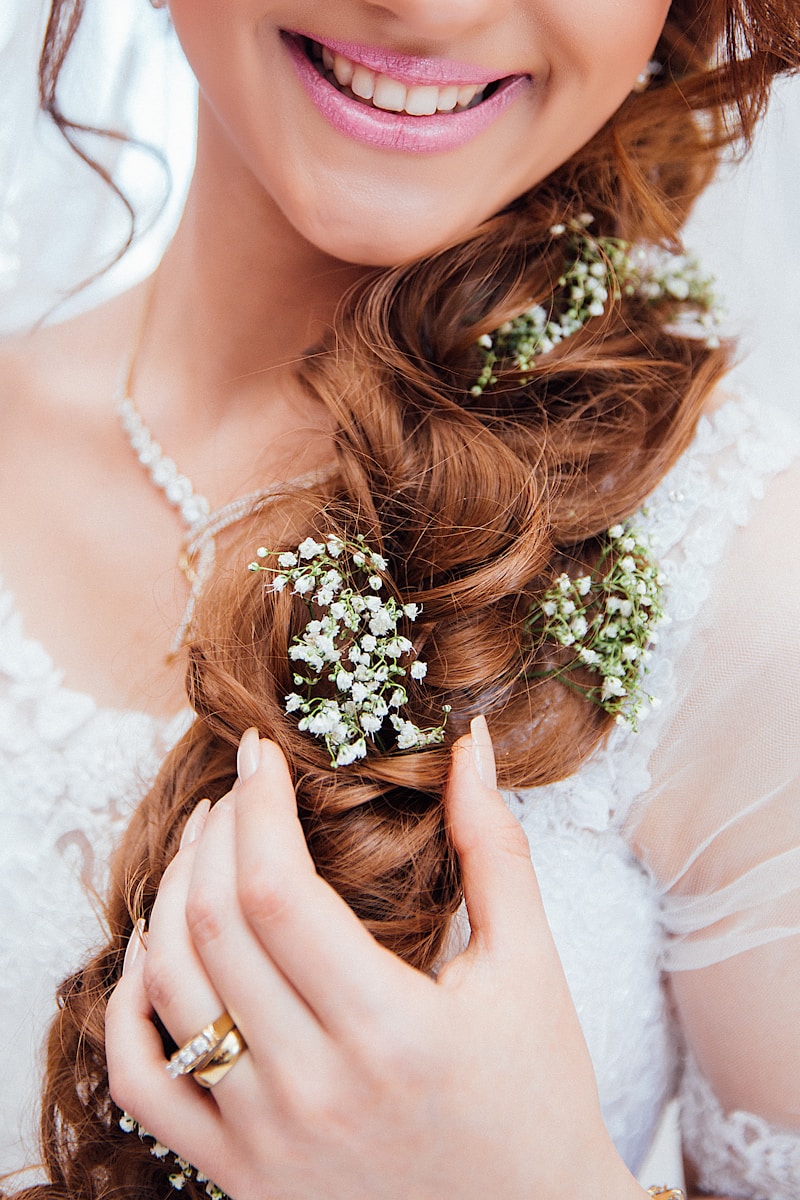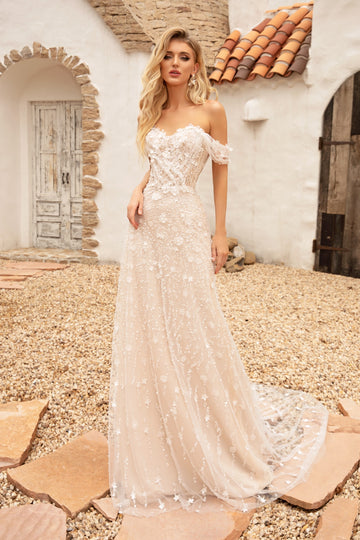Global Trends in Bridal Wear Marketing: A Comprehensive Guide
Global Trends in Bridal Wear Marketing: A Comprehensive Guide
Understanding the Evolution of Bridal Wear Marketing
The bridal wear industry, a vibrant and ever-evolving sector, has witnessed numerous changes in its marketing strategies over recent years. With the rise of digital platforms and the increasing influence of social media, understanding the global trends in bridal wear marketing has become crucial for brands aiming to stay competitive. This article delves into the current landscape of bridal wear marketing, exploring key trends, challenges, and effective strategies to engage modern brides around the world.
The Impact of Social Media on Bridal Wear Marketing
Social media has revolutionized the way bridal wear brands connect with potential customers. Platforms like Instagram, Pinterest, and TikTok have become essential tools for showcasing collections, and they allow brands to engage directly with brides. Here are some notable trends:
| Trend | Description |
| Influencer Collaborations | Partnering with influencers who resonate with a target audience to amplify brand reach. |
| User-Generated Content | Encouraging customers to share their wedding photos in brand attire to create authenticity. |
| Live Streaming Events | Hosting events on platforms like Instagram Live to unveil collections or conduct Q&A sessions. |
The Role of Personalization in Bridal Wear
Today's brides are seeking unique experiences that reflect their individual style. Personalization in bridal wear marketing has become more prominent, with brands offering customizable dresses, made-to-order services, and bespoke options. This trend resonates well with brides looking for ways to express their personalities on their special day.

Globalization of Bridal Trends
The globalized world has led to a fascinating blend of bridal wear influences from different cultures. Designers are drawing inspiration from diverse traditions, and marketing strategies must adapt to cater to a multicultural audience. For instance:
Western Influences: Western styles such as ball gowns and lace dresses are popular in many regions. Brands often market these styles as 'traditional' for modern weddings.Eastern Elegance: In contrast, traditional attire from various cultures, like sarees or cheongsams, are celebrated in different parts of the world. Marketers highlight the craftsmanship and cultural significance behind these garments.The Importance of Sustainability
Sustainability is a growing concern for consumers across all industries, including bridal wear. More brides are seeking eco-friendly options, from sustainable fabrics to ethical production practices. Brands that promote their commitment to sustainability can enhance their reputation and attract discerning customers.
Leveraging Technology in Bridal Wear Marketing
With technological advancements, bridal wear marketing has evolved in innovative ways. Virtual try-ons, augmented reality, and AI-driven personalized recommendations are just a few examples of how technology is reshaping the shopping experience. Brands that leverage these tools effectively can enhance customer engagement and satisfaction.
Emerging Markets and Trends
As emerging markets grow, understanding local preferences and purchasing behaviors becomes essential. For instance, Asia-Pacific regions are seeing a surge in online bridal wear shopping, often influenced by mobile usage. Brands can customize their offerings and marketing strategies based on regional trends and cultural nuances, including:
- China: The growth in e-commerce platforms facilitates access to global brands.
- India: Traditional bridal attire remains dominant, but modern styles are gaining popularity among younger generations.
- Brazil: The blending of casual and formal styles reflects the country’s rich cultural diversity.
Conclusion: Navigating the Future of Bridal Wear Marketing
In summary, staying ahead in the bridal wear marketing landscape requires a thorough understanding of global trends. Brands must adapt to the influence of social media, embrace personalization, commit to sustainability, and leverage technology to enhance customer experience. By recognizing and responding to emerging market demands while remaining adaptable to cultural shifts, bridal wear companies can thrive in an increasingly competitive environment.
As you strategize your marketing approach, consider the following recommendations:
- Engage actively on social media; it’s a hub for potential brides.
- Prioritize customization options that appeal to modern consumers.
- Invest in sustainable practices to attract eco-conscious buyers.
- Utilize technology for a seamless shopping experience, such as virtual try-ons.
By integrating these elements, brands can effectively navigate and succeed in the dynamic world of bridal wear marketing.
